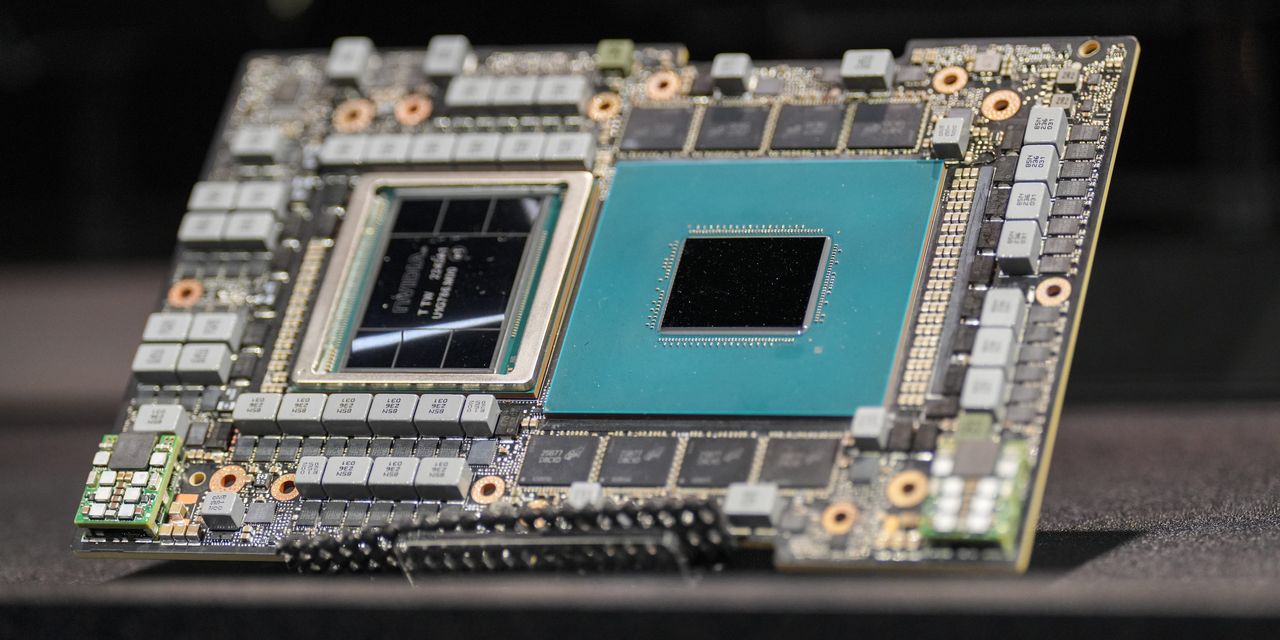Semiconductors advanced for decades under the principle known as Moore’s Law, a formulation that describes the improvements that underlie the dramatic evolution of digital technology, and in recent years, advanced forms of artificial intelligence such as deep learning.
Moore’s Law, an observation, really, was formulated in 1965 by Intel co-founder Gordon Moore, holding that the number of transistors on a chip doubles roughly every year. In 1975, he adjusted the formula to every two years. It held true for decades and helps explain a lot about today’s world, including why the price-performance of smartphones and other digital devices improved spectacularly, especially compared with many other kinds of goods. Transistors once sold for as much as $150 each. In 2019, a typical Intel microprocessor contained five billion of them—each costing $0.0000001.
Copyright ©2023 Dow Jones & Company, Inc. All Rights Reserved. 87990cbe856818d5eddac44c7b1cdeb8
